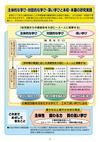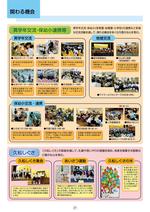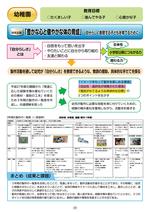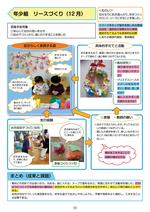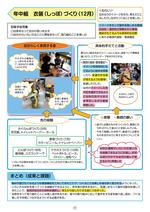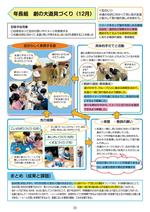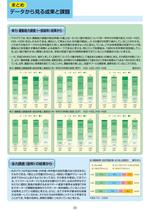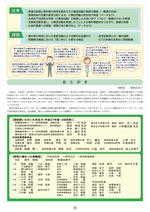From New Year's Day, the Nihonbashi area is crowded with many people who visit Nihonbashi Seven Lucky Gods. 1 Koami Shrine Fukurokuju, Benzaiten (Fukutoku, luck, longevity, and fulfillment of arts) 2 Chanogi Shrine Fubukuro Takashi (disaster) 3 Suitengu Benzaiten (Business prosperity, profit growth, and fulfillment of arts and culture) Seven Lucky Gods (Business prosperity) 5 Suehiro Shrine Vaisravana (Seven Lucky Gods) 6 Kasama Inari Shrine Kotobuki
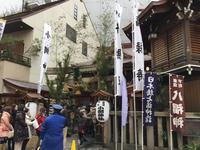 |
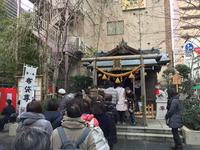 |
| ①Koami Shrine | ②Chanogi Shrine |
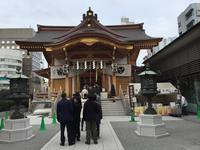 |
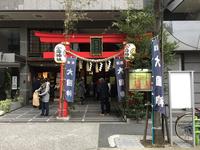 |
| ③Suitengu Shrine | ④Matsushima Shrine |
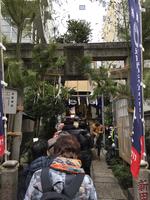 |
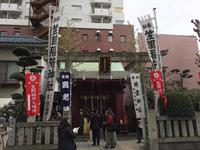 |
| ⑤Suehiro Shrine | ⑥Inari, Kasama Shrine |
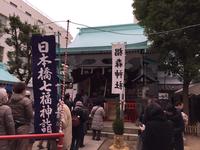 |
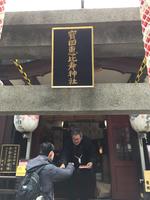 |
| ⑦Sugimori Shrine | ⑧Takarada Ebiju Shrine |
![]() Chuo-ku Hisamatsu Kindergarten is located in the Chuo-ku Hisamatsu Elementary School (opened in 1873-2 school) school building, with Chiyo Kotobuki Shinomiya as the first director (concurrently serving as elementary school principal) on April 1, 1941. It was opened by 100 people. In 2017, a ceremony commemorating the 145th anniversary of the opening of the school and the 75th anniversary of the opening of the park was held on October 21, 2017 with 149 Sadako Ota, the 16th director of the school and 149 children.
Chuo-ku Hisamatsu Kindergarten is located in the Chuo-ku Hisamatsu Elementary School (opened in 1873-2 school) school building, with Chiyo Kotobuki Shinomiya as the first director (concurrently serving as elementary school principal) on April 1, 1941. It was opened by 100 people. In 2017, a ceremony commemorating the 145th anniversary of the opening of the school and the 75th anniversary of the opening of the park was held on October 21, 2017 with 149 Sadako Ota, the 16th director of the school and 149 children.
![]() The area is located in the area of Nihonbashi, which has a history and tradition, and has made its regular business mainly dealing with kimono and accessories related to it. Because it is in such a place, it retains the Edo culture, such as Hamacho and Yanagibashi, called "Business with customers". Good and growing etiquette, good manners and standing behavior are important.
The area is located in the area of Nihonbashi, which has a history and tradition, and has made its regular business mainly dealing with kimono and accessories related to it. Because it is in such a place, it retains the Edo culture, such as Hamacho and Yanagibashi, called "Business with customers". Good and growing etiquette, good manners and standing behavior are important.
![]() At Hisamatsu Kindergarten, there is an annual tour of the Hisamatsu Kindergarten Lion Maicho, traditional event. This year, it was held on January 11, so I was interviewed immediately. With the cooperation of Mr. Hiroshi Sato, Chairman of Hisamatsucho, senior children go around the local shops of Hisamatsu Town Association while wearing handmade lion heads and performing lion dance in pairs. The children of the group clapping and walk around the town in four groups, divided into 25 people per group, divided into four groups, each group, and walked around the town. The children wear dark blue and engi short coats with the name of "Hisamatsu Kindergarten" and wrap a bean squeeze around their heads. The lion dance is a lucky items that pays demons and celebrates the world. The local people are looking forward to seeing the children around the lion Maicho every year, hoping to protect the lion dance, the traditional event of the New Year in Japan.
At Hisamatsu Kindergarten, there is an annual tour of the Hisamatsu Kindergarten Lion Maicho, traditional event. This year, it was held on January 11, so I was interviewed immediately. With the cooperation of Mr. Hiroshi Sato, Chairman of Hisamatsucho, senior children go around the local shops of Hisamatsu Town Association while wearing handmade lion heads and performing lion dance in pairs. The children of the group clapping and walk around the town in four groups, divided into 25 people per group, divided into four groups, each group, and walked around the town. The children wear dark blue and engi short coats with the name of "Hisamatsu Kindergarten" and wrap a bean squeeze around their heads. The lion dance is a lucky items that pays demons and celebrates the world. The local people are looking forward to seeing the children around the lion Maicho every year, hoping to protect the lion dance, the traditional event of the New Year in Japan.
![]() In his mouth, he sang "Happy New Year", "Business prosperity totontontontontontontontontontontontontontontontontontontontontontontontontontontontontontontontontontontontontontontontontontontontontontontontontontontontontontontontontontontontontontontontontontontontontontontontontontontontontontontontontontontontontontontontontontontontontontontontontontontontontontontontontontontontontontontontontontontontontontontontontontontontontontontontontontontontontontontontontontontontontontontontontontontontontontontontontontontontontontontontontontontontontontontontontontontontontontontontontontontontonton The small drum also adjusts to this rhythm. The children's appearance is a pretty and smiling sight.
In his mouth, he sang "Happy New Year", "Business prosperity totontontontontontontontontontontontontontontontontontontontontontontontontontontontontontontontontontontontontontontontontontontontontontontontontontontontontontontontontontontontontontontontontontontontontontontontontontontontontontontontontontontontontontontontontontontontontontontontontontontontontontontontontontontontontontontontontontontontontontontontontontontontontontontontontontontontontontontontontontontontontontontontontontontontontontontontontontontontontontontontontontontontontontontontontontontontontontontontontontontontonton The small drum also adjusts to this rhythm. The children's appearance is a pretty and smiling sight.
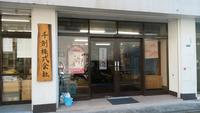
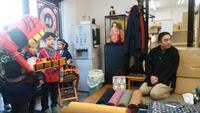
①-1 "Senso" Matsugumi and Umegumi visited.
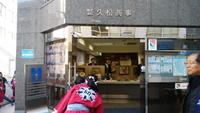
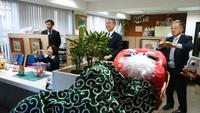
①-2 "Hisatsu Shoji" Matsugumi and Umegumi visited.

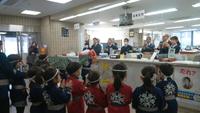
①-3 "Hisatsu Police Station" Matsugumi and Umegumi visited.
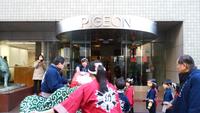
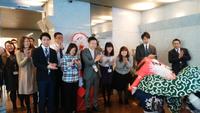
②-1 "Vision KK" Takegumi and apricots-gumi visited.

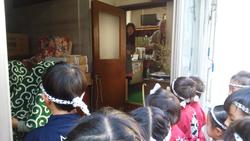
②-2 "Sato Shoji" Takegumi and Azugumi visited.
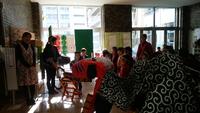

②-3 "Hisatsu Kindergarten / Elementary School Manager's Office" Takegumi and Azugumi visited.

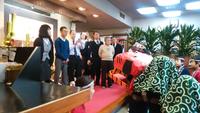
③-1 "Marugami" Matsugumi and Umegumi visited.
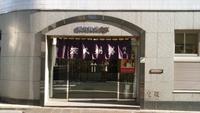
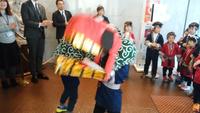
③-2 "Horii Co., Ltd." Matsugumi and Umegumi visited. 。
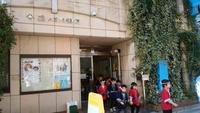
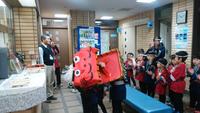
③-3 "Hisatsu Kuminkan" Matsugumi and Umegumi visited. 。



④-1 "Kyosho" Takegumi and apricots-gumi visited.

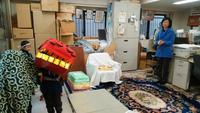
④-2 "Akiyama Shoten" Takegumi and apricots-gumi visited



④-3 "Man Sato" Takegumi and apricots-gumi visited
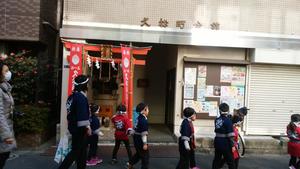
![]() "Hisamatsu Inari Daimyojin" in Hisamatsucho Kaikan protects Hisamatsu Town Association.
"Hisamatsu Inari Daimyojin" in Hisamatsucho Kaikan protects Hisamatsu Town Association.
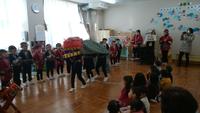
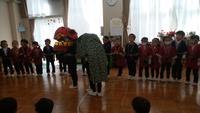
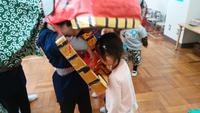
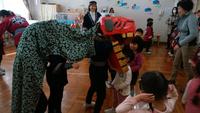
![]() After visiting the town, I danced a lion dance to the children of the younger group-Sakura group, Fuji group, Momo group, and Rose group waiting in the play room of Hisamatsu kindergarten. The children of the younger group are also delighted. I was willing to go to the lion to bite it.
After visiting the town, I danced a lion dance to the children of the younger group-Sakura group, Fuji group, Momo group, and Rose group waiting in the play room of Hisamatsu kindergarten. The children of the younger group are also delighted. I was willing to go to the lion to bite it.
![]() The origin of lion dance-It is said that it came from India to Japan from China. The lion dance began in Japan at the beginning of the 16th century in Japan, in order to drive away famines and plagues in Ise (Mie Prefecture) from 1338 to 1573 during the Muromachi period. It is said that the lion dance began. After that, it was handed down to Edo, and groups called "Edo Oga Rakushi" and "Isedai Kagurashi" went around the country and spread throughout the country due to exorcism.
The origin of lion dance-It is said that it came from India to Japan from China. The lion dance began in Japan at the beginning of the 16th century in Japan, in order to drive away famines and plagues in Ise (Mie Prefecture) from 1338 to 1573 during the Muromachi period. It is said that the lion dance began. After that, it was handed down to Edo, and groups called "Edo Oga Rakushi" and "Isedai Kagurashi" went around the country and spread throughout the country due to exorcism.
![]() Type of lion dance-"Playing one lion with two or more Gigakukei"-Hisatsu Kindergarten Lion Dance was here. "Fururyukei dances by one person and dances while tying a drum on his stomach."
Type of lion dance-"Playing one lion with two or more Gigakukei"-Hisatsu Kindergarten Lion Dance was here. "Fururyukei dances by one person and dances while tying a drum on his stomach."
![]() The lion bites the head-a lion bites the person's head, and eats the evils attached to the person. Because it has the meaning of exorcism and extermination of the plague, it protects it from evil and is thought to be beneficial. Especially in the case of children, warding off evil is said to benefit from improving academic ability, sound health and healthy growth. It is believed that if you bite your head on a lion dance during the first visit, you will be an amulet and you will be able to spend a better year. It seems that there is also an auspicious meaning that "if the lion bites, God will stick."
The lion bites the head-a lion bites the person's head, and eats the evils attached to the person. Because it has the meaning of exorcism and extermination of the plague, it protects it from evil and is thought to be beneficial. Especially in the case of children, warding off evil is said to benefit from improving academic ability, sound health and healthy growth. It is believed that if you bite your head on a lion dance during the first visit, you will be an amulet and you will be able to spend a better year. It seems that there is also an auspicious meaning that "if the lion bites, God will stick."
![]() Educational activities at Hisamatsu Kindergarten-Educational goals Strong children who are willing to do child-
Educational activities at Hisamatsu Kindergarten-Educational goals Strong children who are willing to do child-
Hisamatsu Kindergarten also provided public childcare at the same time at the research presentation of the Board of Education Research Encouragement School of Hisamatsu Elementary School on July 4, 2017. . I would like to introduce the research results of childhood and small cooperation in the research leaflet at that time.
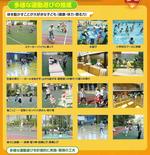 |
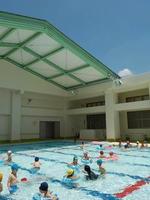 |
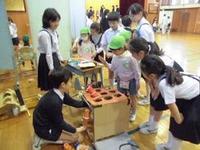 |
| Various exercise play | Let's enter the elementary school pool | Let's play games with elementary school students |
The “Hisamatsu Kindergarten Lion Maicho Tour”, which inherits the stylish traditional Japanese culture unique to Nihonbashi, is wonderful to work together to protect traditional culture. The lion dance in which the children dance is a local event that only Hisamatsu Kindergarten is doing when you see the people of the shops and companies warmly welcome you and are pleased, but I feel very natural . I want you to pass on traditional culture in more different regions.
(With the permission of Hisamatsu Kindergarten and Hisamatsu Town Association, we are shooting.)

